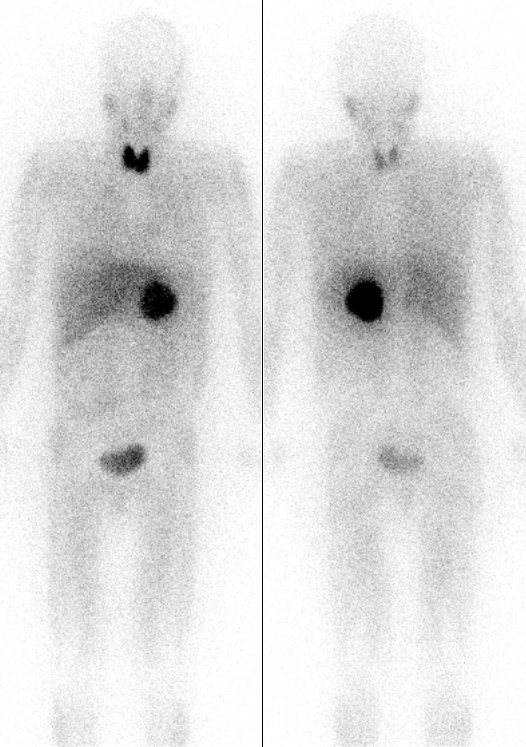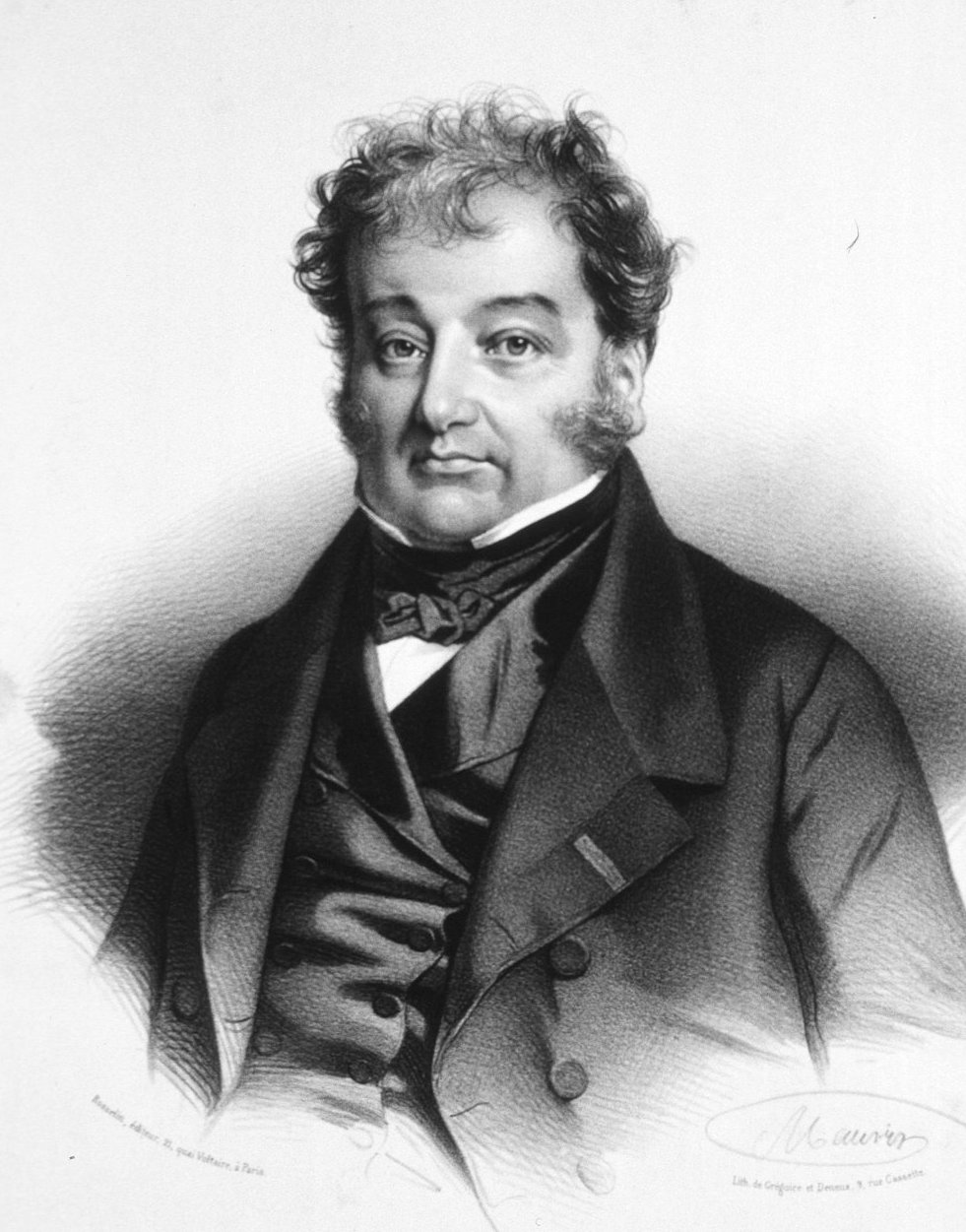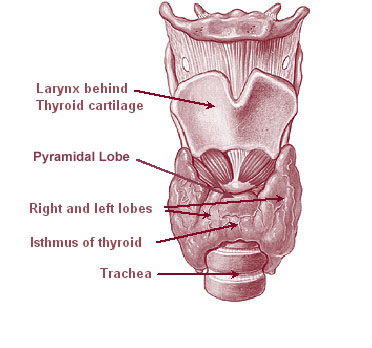|
Lugol's Iodine
Lugol's iodine, also known as aqueous iodine and strong iodine solution, is a solution of potassium iodide with iodine in water. It is a medication and disinfectant used for a number of purposes. Taken by mouth it is used to treat thyrotoxicosis until surgery can be carried out, protect the thyroid gland from radioactive iodine, and to treat iodine deficiency. When applied to the cervix it is used to help in screening for cervical cancer. As a disinfectant it may be applied to small wounds such as a needle stick injury. A small amount may also be used for emergency disinfection of drinking water. Side effects may include allergic reactions, headache, vomiting, and conjunctivitis. Long term use may result in trouble sleeping and depression. It should not typically be used during pregnancy or breastfeeding. Lugol's iodine is a liquid made up of two parts potassium iodide for every one part elemental iodine in water. Lugol's iodine was first made in 1829 by the French p ... [...More Info...] [...Related Items...] OR: [Wikipedia] [Google] [Baidu] |
Potassium Iodide
Potassium iodide is a chemical compound, medication, and dietary supplement. It is a medication used for treating hyperthyroidism, in radiation emergencies, and for protecting the thyroid gland when certain types of radiopharmaceuticals are used. It is also used for treating skin sporotrichosis and phycomycosis. It is a supplement used by people with low dietary intake of iodine. It is administered orally. Common side effects include vomiting, diarrhea, abdominal pain, rash, and swelling of the salivary glands. Other side effects include allergic reactions, headache, goitre, and depression. While use during pregnancy may harm the baby, its use is still recommended in radiation emergencies. Potassium iodide has the chemical formula K I. Commercially it is made by mixing potassium hydroxide with iodine. Potassium iodide has been used medically since at least 1820. It is on the World Health Organization's List of Essential Medicines. Potassium iodide is available as a g ... [...More Info...] [...Related Items...] OR: [Wikipedia] [Google] [Baidu] |
Jean Guillaume Auguste Lugol
Jean Guillaume Auguste Lugol (18 August 1786 – 16 September 1851) was a French physician. Lugol was born in Montauban. He studied medicine in Paris and graduated with a medical degree in 1812. In 1819, he was appointed acting physician at the Hôpital Saint-Louis, a post he held until he retired. After his death in 1851 at Neuilly-sur-Seine, his daughter Adele-Augustine, married Paul Broca. Lugol was interested in tuberculosis Tuberculosis (TB), also known colloquially as the "white death", or historically as consumption, is a contagious disease usually caused by ''Mycobacterium tuberculosis'' (MTB) bacteria. Tuberculosis generally affects the lungs, but it can al ... and presented a paper to the Royal Academy of Science in Paris in which he advocated the use of fresh air, exercise, cold bathing and drugs. He also published four books on scrofulous diseases and their treatment (1829, 1830, 1831, 1834). Members of the Royal Academy visited Lugol's hospital and, observi ... [...More Info...] [...Related Items...] OR: [Wikipedia] [Google] [Baidu] |
Mucogingival Junction
A mucogingival junction is an anatomical feature found on the intraoral mucosa. The mucosa of the cheeks and floor of the mouth are freely moveable and fragile, whereas the mucosa around the teeth and on the palate are firm and keratinized. Where the two tissue types meet is known as a mucogingival junction. There are three mucogingival junctions: on the facial of the maxilla and on both the facial and lingual of the mandible. The palatal gingiva of the maxilla is continuous with the tissue of the palate, which is bound down to the palatal bones. Because the palate is devoid of freely moveable alveolar mucosa, there is no mucogingival junction.Carranza's Clinical Periodontology, W.B. Saunders 2002, page 17. Clinical importance The clinical importance of the mucogingival junction is in measuring the width of attached gingiva. Attached gingiva is important because it is bound very tightly to the underlying alveolar bone and provides protection to the mucosa during functiona ... [...More Info...] [...Related Items...] OR: [Wikipedia] [Google] [Baidu] |
Schiller's Test
Schiller's test or Schiller's Iodine test is a medical test in which iodine solution is applied to the cervix in order to diagnose cervical cancer. Procedure Schiller's iodine solution is applied to the cervix under direct vision. Normal cervical mucosa contains glycogen and stains brown, whereas abnormal areas, such as early cervical cancer, do not take up the stain. The abnormal areas can then be biopsied and examined histologically. The composition of Schiller's iodine is the same as Lugol's iodine, the latter being more concentrated. When Schiller's iodine is not available, Lugol's iodine can be used as an alternative. Schiller's test is not specific for cervical cancer, as areas of inflammation, ulceration and keratosis Keratosis (from '' kerat-'' + '' -osis'') is a growth of keratin on the skin or on mucous membranes stemming from keratinocytes, the prominent cell type in the epidermis. More specifically, it can refer to: * actinic keratosis (also known as solar ... m ... [...More Info...] [...Related Items...] OR: [Wikipedia] [Google] [Baidu] |
Biopsy
A biopsy is a medical test commonly performed by a surgeon, interventional radiologist, an interventional radiologist, or an interventional cardiology, interventional cardiologist. The process involves the extraction of sampling (medicine), sample Cell (biology), cells or Biological tissue, tissues for examination to determine the presence or extent of a disease. The tissue is then Histopathology, fixed, dehydrated, embedded, sectioned, stained and mounted before it is generally examined under a microscope by a pathologist; it may also be analyzed chemically. When an entire lump or suspicious area is removed, the procedure is called an excisional biopsy. An incisional biopsy or core biopsy samples a portion of the abnormal tissue without attempting to remove the entire lesion or tumor. When a sample of tissue or fluid is removed with a needle in such a way that cells are removed without preserving the histological architecture of the tissue cells, the procedure is called a needle as ... [...More Info...] [...Related Items...] OR: [Wikipedia] [Google] [Baidu] |
Vagina
In mammals and other animals, the vagina (: vaginas or vaginae) is the elastic, muscular sex organ, reproductive organ of the female genital tract. In humans, it extends from the vulval vestibule to the cervix (neck of the uterus). The #Vaginal opening and hymen, vaginal introitus is normally partly covered by a thin layer of mucous membrane, mucosal tissue called the hymen. The vagina allows for Copulation (zoology), copulation and birth. It also channels Menstruation (mammal), menstrual flow, which occurs in humans and closely related primates as part of the menstrual cycle. To accommodate smoother penetration of the vagina during sexual intercourse or other sexual activity, vaginal moisture increases during sexual arousal in human females and other female mammals. This increase in moisture provides vaginal lubrication, which reduces friction. The texture of the vaginal walls creates friction for the penis during sexual intercourse and stimulates it toward ejaculation, en ... [...More Info...] [...Related Items...] OR: [Wikipedia] [Google] [Baidu] |
Colposcopy
Colposcopy ( + ''skopos'' 'look at') is a medical diagnostic procedure to visually examine the cervix as well as the vagina and vulva using a colposcope. The main goal of colposcopy is to prevent cervical cancer by detecting and treating precancerous lesions early. Human Papillomavirus (HPV) is a common infection and the underlying cause for most cervical cancers. Smoking also makes developing cervical abnormalities more likely. Other reasons for a patient to have a colposcopy include assessment of diethylstilbestrol (DES) exposure in utero, immunosuppression, abnormal appearance of the cervix or as a part of a sexual assault forensic examination. Colposcopy is done using a colposcope, which provides a magnified and illuminated view of the areas, allowing the colposcopist to visually distinguish normal from abnormal appearing tissue, such as damaged or abnormal changes in the tissue (lesions), and take directed biopsies for further pathological examination if needed. Colposc ... [...More Info...] [...Related Items...] OR: [Wikipedia] [Google] [Baidu] |
Levothyroxine
Levothyroxine, also known as -thyroxine, is a synthetic form of the thyroid hormone thyroxine (T4). It is used to treat thyroid hormone deficiency (hypothyroidism), including a severe form known as myxedema coma. It may also be used to treat and prevent certain types of thyroid tumors. It is not indicated for weight loss. Levothyroxine is taken orally (by mouth) or given by intravenous injection. Levothyroxine has a half-life of 7.5 days when taken daily, so about six weeks is required for it to reach a steady level in the blood. Side effects from excessive doses include weight loss, trouble tolerating heat, sweating, anxiety, trouble sleeping, tremor, and fast heart rate. Use is not recommended in people who have had a recent heart attack. Use during pregnancy has been found to be safe. Dosing should be based on regular measurements of thyroid-stimulating hormone (TSH) and T4 levels in the blood. Much of the effect of levothyroxine is following its conversion to tri ... [...More Info...] [...Related Items...] OR: [Wikipedia] [Google] [Baidu] |
Antithyroid Agent
An antithyroid agent is a hormone inhibitor acting upon thyroid hormones. The main antithyroid drugs are carbimazole (in the UK), methimazole (in the US), and propylthiouracil (PTU). A less common antithyroid agent is potassium perchlorate. Classification based on mechanisms of action The mechanisms of action of antithyroid drugs are not completely understood. Based on their mechanisms of action, the drugs are classified into following six classes. Thyroid hormone synthesis inhbitors These drugs probably inhibit the enzyme thyroid peroxidase ( thyroperoxidase), decreasing iodide oxidation, iodination of tyrosyl residues in thyroglobulin, and coupling of iodotyrosyl and iodothyronyl residues. It is thought that they inhibit the thyroperoxidase-catalyzed oxidation reactions by acting as substrates for the postulated peroxidase-iodine complex, thus competitively inhibiting the interaction with the amino acid tyrosine. The most common drugs in this class are thioamides, wh ... [...More Info...] [...Related Items...] OR: [Wikipedia] [Google] [Baidu] |
Euthyroid
The thyroid, or thyroid gland, is an endocrine gland in vertebrates. In humans, it is a butterfly-shaped gland located in the neck below the Adam's apple. It consists of two connected lobe (anatomy), lobes. The lower two thirds of the lobes are connected by a thin band of Connective tissue, tissue called the isthmus (: isthmi). Microscopically, the functional unit of the thyroid gland is the spherical Thyroid follicular cell#Location, thyroid follicle, lined with thyroid follicular cell, follicular cells (thyrocytes), and occasional parafollicular cells that surround a follicular lumen, lumen containing colloid. The thyroid gland secretes three hormones: the two thyroid hormonestriiodothyronine, triiodothyronine (T3) and thyroid hormone, thyroxine (T4)and a peptide hormone, calcitonin. The thyroid hormones influence the basal metabolic rate, metabolic rate and protein biosynthesis, protein synthesis and growth and development in children. Calcitonin plays a role in Calcium m ... [...More Info...] [...Related Items...] OR: [Wikipedia] [Google] [Baidu] |
Graves' Disease
Graves' disease, also known as toxic diffuse goiter or Basedow's disease, is an autoimmune disease that affects the thyroid. It frequently results in and is the most common cause of hyperthyroidism. It also often results in an enlarged thyroid. Signs and symptoms of hyperthyroidism may include irritability, muscle weakness, sleeping problems, a fast heartbeat, poor tolerance of heat, diarrhea and unintentional weight loss. Other symptoms may include thickening of the skin on the shins, known as pretibial myxedema, and eye bulging, a condition caused by Graves' ophthalmopathy. About 25 to 30% of people with the condition develop eye problems. The exact cause of the disease is unclear, but symptoms are a result of antibodies binding to receptors on the thyroid causing over-expression of thyroid hormone. Persons are more likely to be affected if they have a family member with the disease. If one monozygotic twin is affected, a 30% chance exists that the other twin will ... [...More Info...] [...Related Items...] OR: [Wikipedia] [Google] [Baidu] |
Thyroidectomy
A thyroidectomy is an operation that involves the surgery, surgical removal of all or part of the thyroid gland. In general surgery, endocrine or head and neck surgeons often perform a thyroidectomy when a patient has thyroid cancer or some other condition of the thyroid gland (such as hyperthyroidism) or goiter. Other indications for surgery include cosmetic (very enlarged thyroid), or symptomatic obstruction (causing difficulties in swallowing or breathing). Thyroidectomy is a common surgical procedure that has several potential complications or sequelae including: temporary or permanent change in voice, temporary or permanently low calcium, need for lifelong thyroid hormone replacement, bleeding, infection, and the remote possibility of airway obstruction due to bilateral vocal cord paralysis. Complications are uncommon when the procedure iperformed by an experienced surgeon The thyroid produces several hormones, such as thyroxine (T4), triiodothyronine (T3), and calcitonin. A ... [...More Info...] [...Related Items...] OR: [Wikipedia] [Google] [Baidu] |







